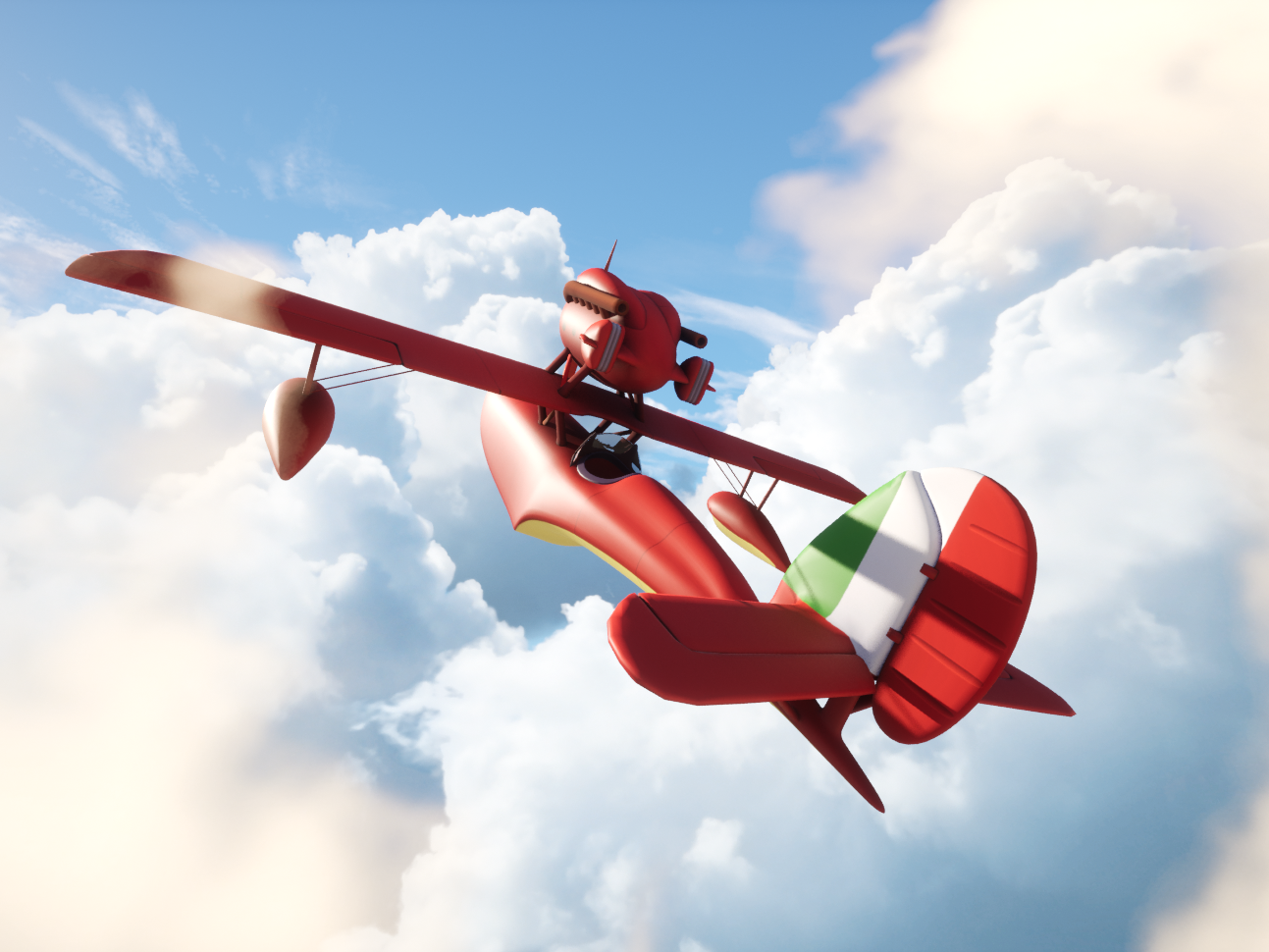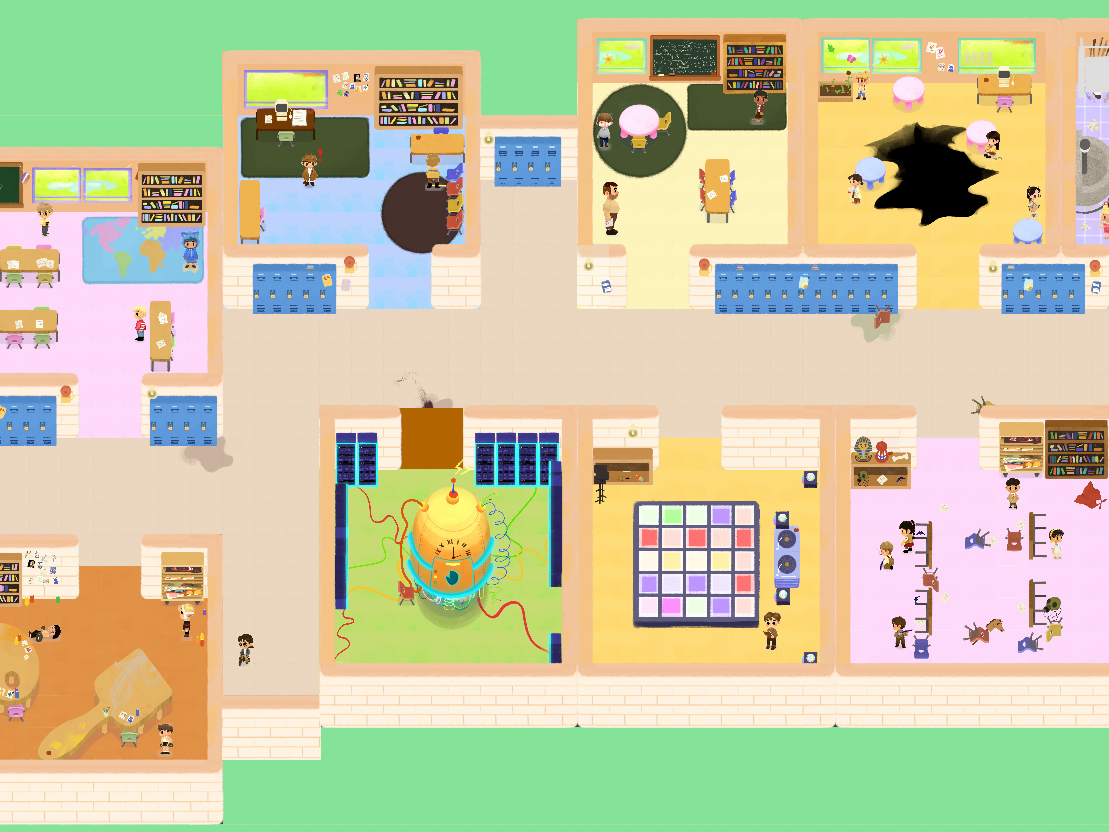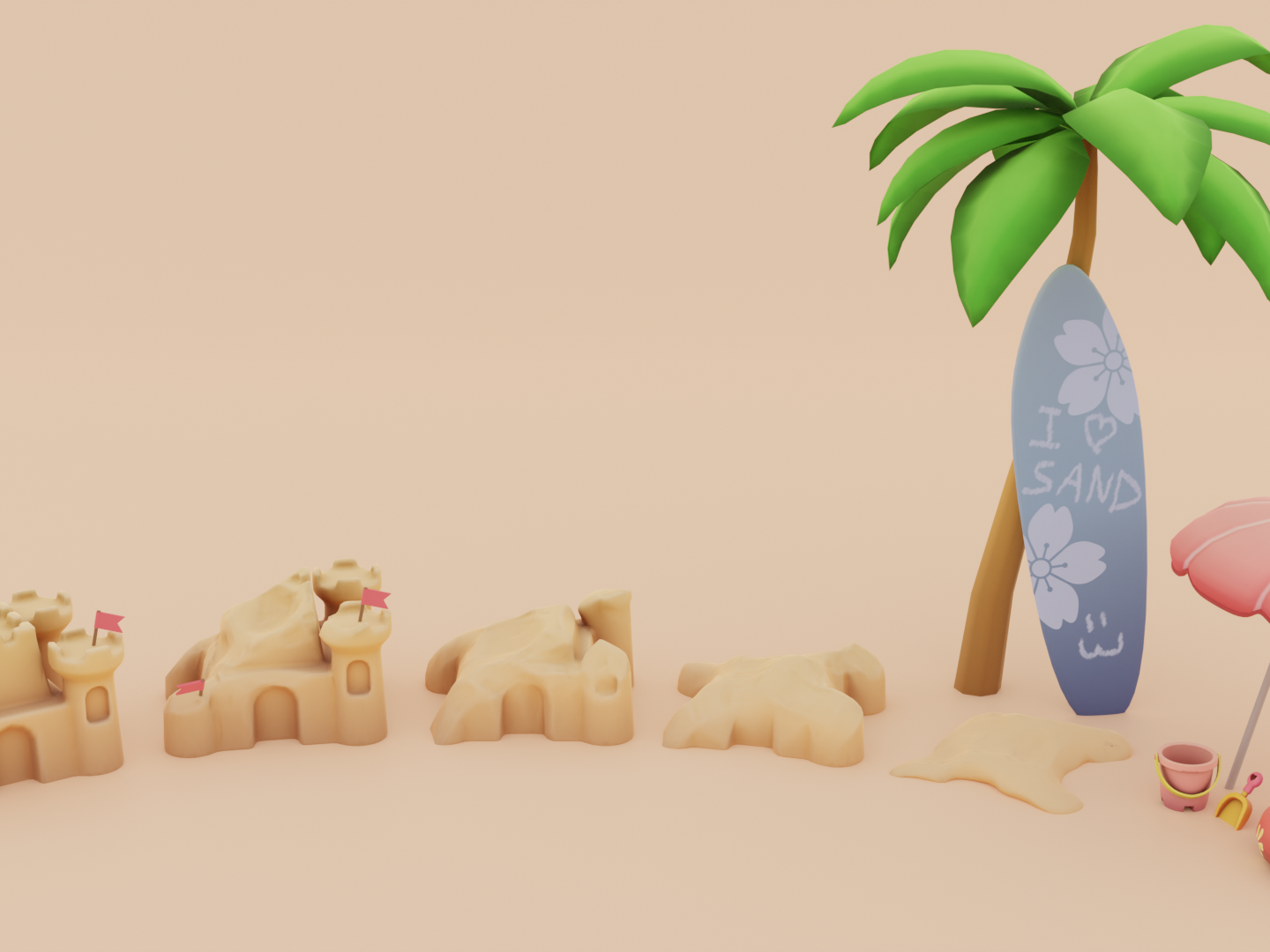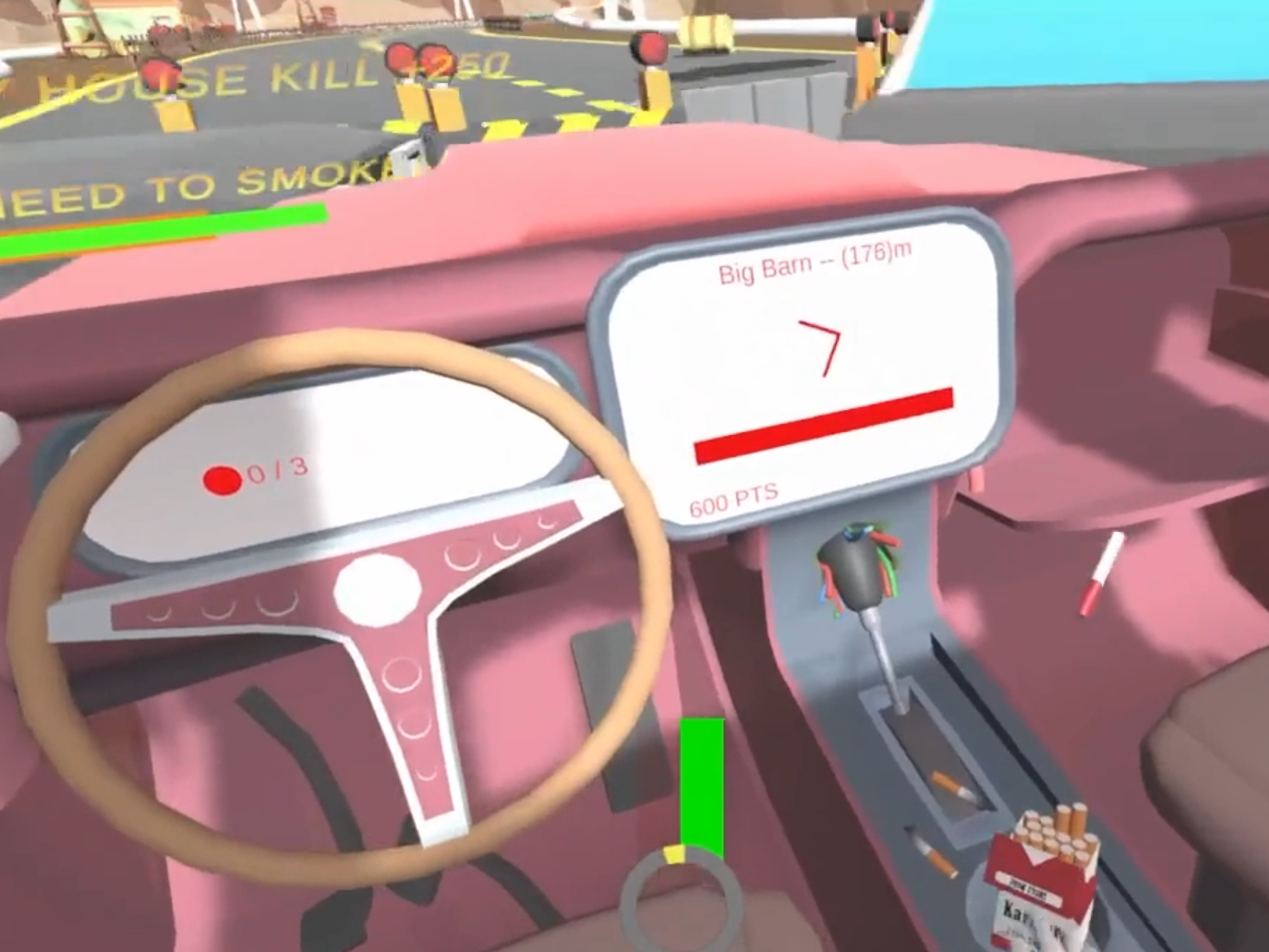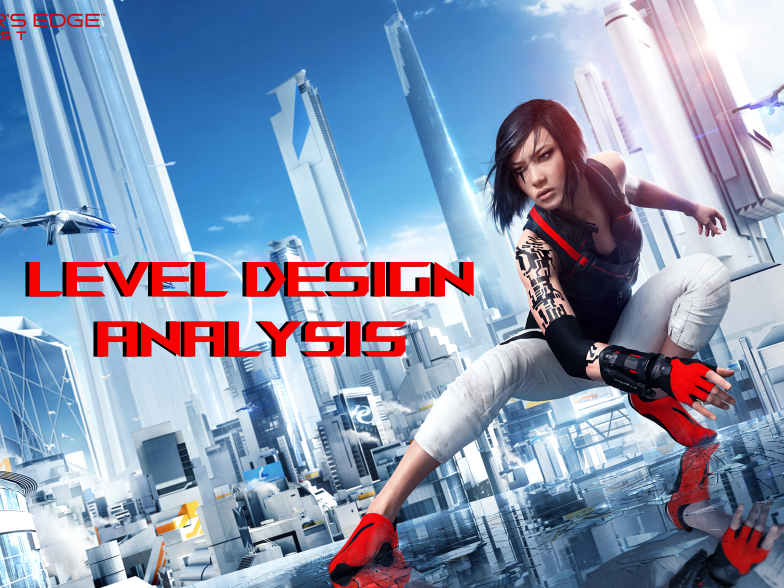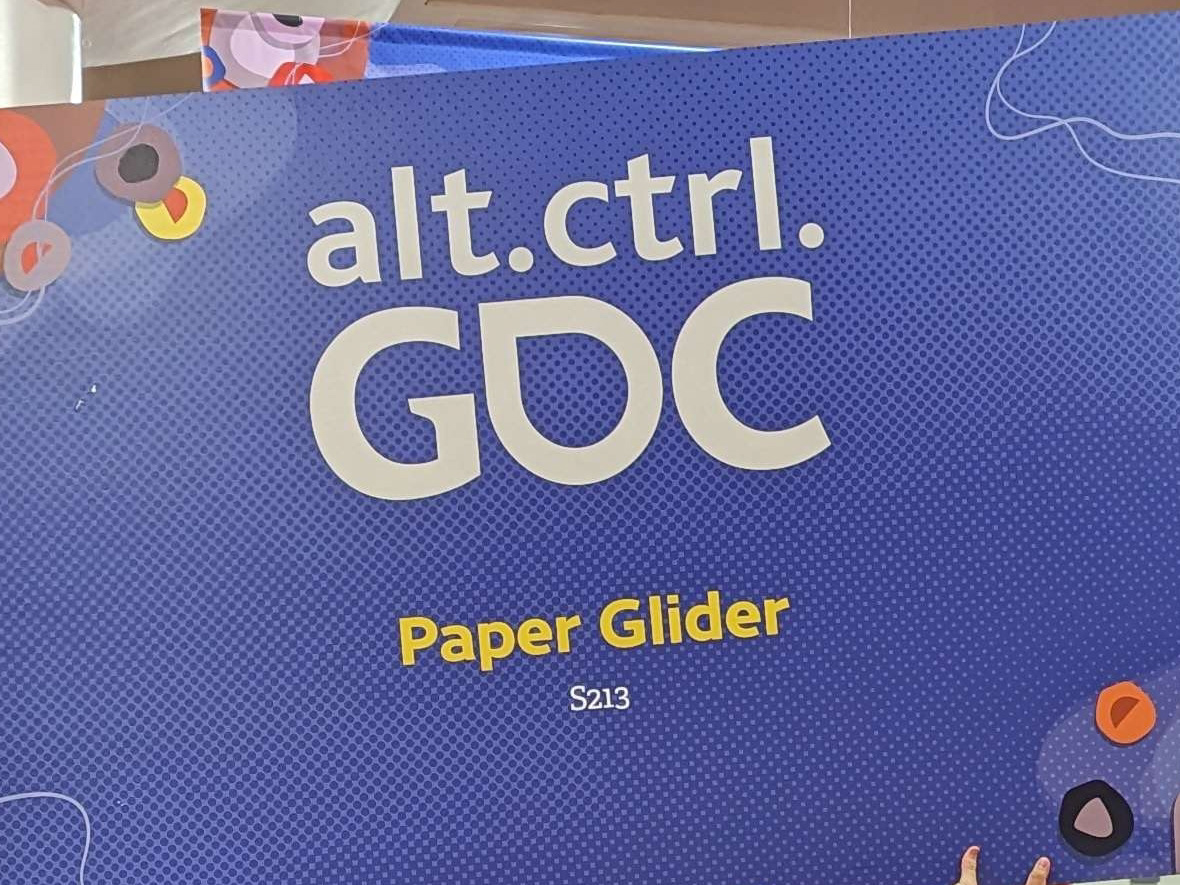Tom & Foolery's Tavern was a game made for Alt.Ctrl.GDC 2024. All the assets within this level were kitbashed. I was responsible for team and product management as well as art direction.
Unfortunately it was not accepted, but it was super fun to decorate and dress the scene with premade assets. Plus, working with friends always makes for an enjoyable experience.
Primary Roles: Game Designer, Project Manager, 3D Generalist
Tools: Unity, Blender, Microsoft Suite, Jira
Duration: 1.5 Months
Trailer for Tom & Foolery Tavern featuring Tom and Foolery :)
Design Goals
Physical Interaction and Immersion
We wanted to design gameplay that fully leverages the real-life bouncing and waist movement controls, making players feel truly connected to the slime character.
Fun and Fluid
Additionally, we wanted movement should feel playful and rewarding, with physics that mimic the squishy and stretchy nature of slime. We used squash and stretch effects as players bounce, with animations that elongate or flatten the slime based on movement speed, intensity, and bounce height.
Easy and Accessible Controls
Finally, we wanted to ensure that gameplay remains physically fun without being overly exhausting or complex, catering to a broad range of players.
Environment / Kitbashing
For this project, I had a really fun time experimenting with kitbashinging and environmental layout design to bring a vibrant, immersive world to life.
Asset Selection:
I carefully selected assets that fit the project’s aesthetic and mood, choosing elements that worked cohesively within the scene.
Combining Elements:
Kitbashing allowed me to merge and customize existing models, reimagining their use and function. I adjusted scaling, rotation, and orientation to create visual cohesion without needing to build anything from scratch.
Spatial Planning:
Laying out the scene involved thoughtful planning to ensure the environment felt lived-in and purposeful. I focused on creating clear sightlines and focal points that would naturally guide the player’s gaze.
The Controller VS. Human Capabilities
For this project, one of the major design challenges was the unconventional controller: it required players to control the movement and bouncing of a slime character by physically bouncing their lower body and rotating the ring around their wait with a gyro-based sensor. While the concept was innovative and sounded immersive on paper, it proved to be a difficult experience in practice due to limitations in human control over the dual input system. Here’s an in-depth look at the issues:
1. Human Motor Limitations
Upper and Lower Body Separation:
The controller required the player to manage two movements at once—their bounce height and lateral waist rotation. However, it quickly became evident that most people struggle to coordinate these upper and lower body movements independently, especially during dynamic gameplay.
Unintuitive Controls:
People naturally tend to synchronize full-body movements when bouncing, making it difficult to isolate the waist rotation from the bounce action. Players either focused on bouncing, losing precise control over directional movement, or tried to rotate, losing the bounce height necessary for jumping mechanics.
2. Physical Fatigue and Limited Control Precision
Exhaustion from Bouncing:
Since the game relied on continuous bouncing, players found themselves tiring quickly, which further affected their ability to control the slime character smoothly. This reduced playability and limited the amount of time players could comfortably interact with the game.
Waist Rotation Sensitivity:
The gyro-based band was challenging to keep stable, leading to overcorrections and unintended rotations. Small movements were often exaggerated, and since players had to shift weight with each bounce, maintaining a precise lateral control became a significant barrier, making gameplay feel frustrating instead of fun.
3. Impact on Player Experience
Difficulty Balancing Enjoyment and Control:
While the concept aimed to make players feel like a bouncing slime, the physical and cognitive strain of controlling both bounce and direction often left players feeling frustrated. This meant that the design took away from the intended enjoyment and immersion, as players struggled to get a handle on the mechanics.
Learning Curve and Accessibility:
The steep learning curve and physicality of the controller made it less accessible for casual play. Many players couldn’t effectively manage both aspects of control without significant practice, creating a high barrier to entry.
Key Takeaways
- It's essential to prioritize user experience in game design. The initial concept of an innovative controller was compelling, but the execution didn't fully consider how players would physically interact with it.
- While innovation can set a project apart, it should not come at the cost of usability. Finding a balance between novel ideas and practical implementation is key.
- Creating engaging environments through kitbashing and careful asset selection can significantly reduce time spent on a project while maintining that visual sexyness

